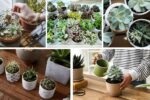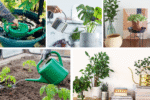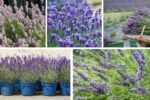A garden that bursts with color in every season is a dream for any home gardener. While many flower beds shine only in spring or summer, it’s entirely possible to design a space that offers vibrant blooms and striking foliage all year long. The key lies in clever plant combinations, smart layering, and choosing species with overlapping bloom times and attractive seasonal interest. If you’re ready to refresh your outdoor space, here are 9 gorgeous year-round flower bed ideas to keep your garden colorful no matter the month.
1. Mixed Perennial and Annual Borders

Create a dynamic, ever-changing flower bed by combining perennials that return each year with seasonal annuals. Perennials like coneflowers, daylilies, and salvia provide a reliable backbone of color from spring through fall. In early spring, add pansies and violas for a cheerful burst, swap in petunias, marigolds, and zinnias in summer, and finish with chrysanthemums and ornamental kale in fall. This layered approach ensures continuous color, with each plant type stepping in as others fade.
2. Evergreen Shrub and Blooming Ground Cover Pairings
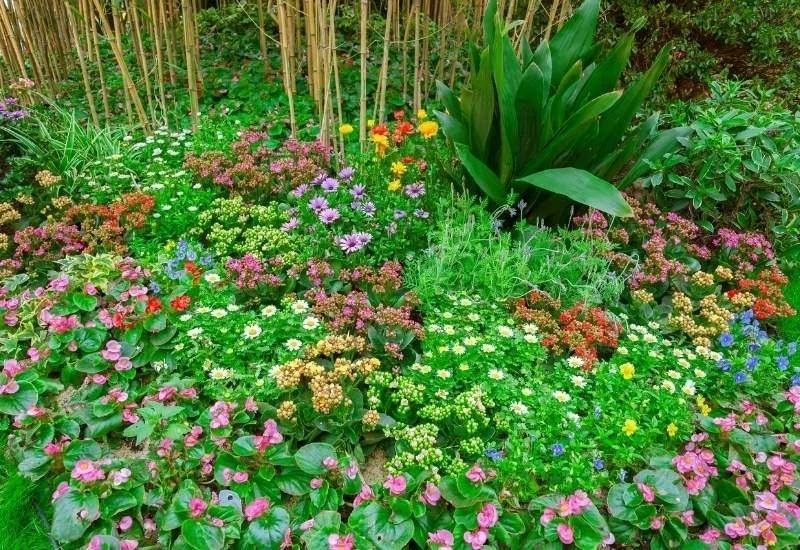
Pairing flowering ground covers with evergreen shrubs is a fantastic way to maintain garden color and structure year-round. Low-growing plants like creeping phlox, ajuga, and sedum offer seasonal blooms while evergreen shrubs like boxwood, dwarf conifers, and nandina maintain rich green hues in winter. This combination not only adds color but also provides textural contrast, making your flower beds visually appealing during both bloom-heavy and dormant months.
3. Four-Season Wildflower Garden
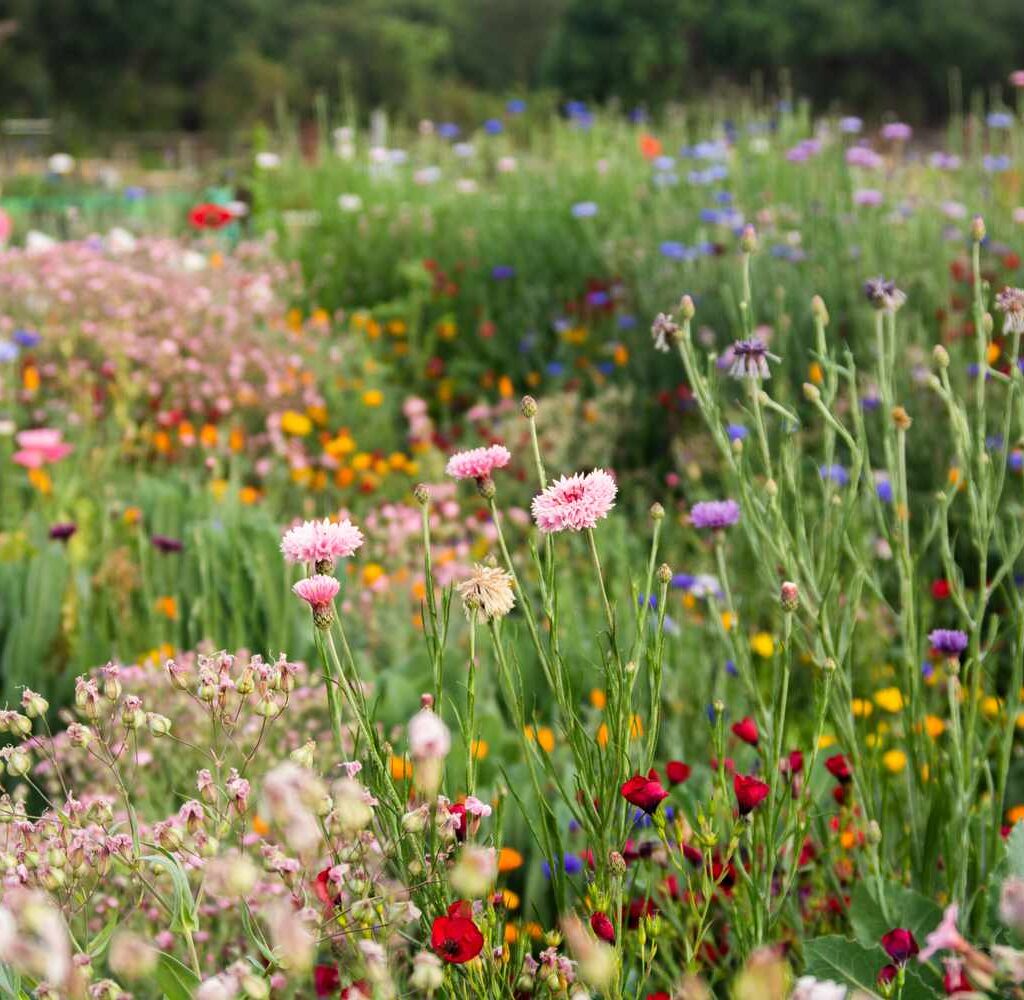
A wildflower-inspired flower bed can keep your garden lively through every season. Start with early spring bloomers like primroses and crocuses, followed by summer classics like black-eyed Susans, bee balm, and cosmos. As autumn approaches, let asters and goldenrod take the spotlight, while ornamental grasses add movement and winter interest. Choose native plants for your region to support pollinators and enjoy a low-maintenance, naturally evolving landscape that delights in every season.
4. Cottage-Style Flower Beds
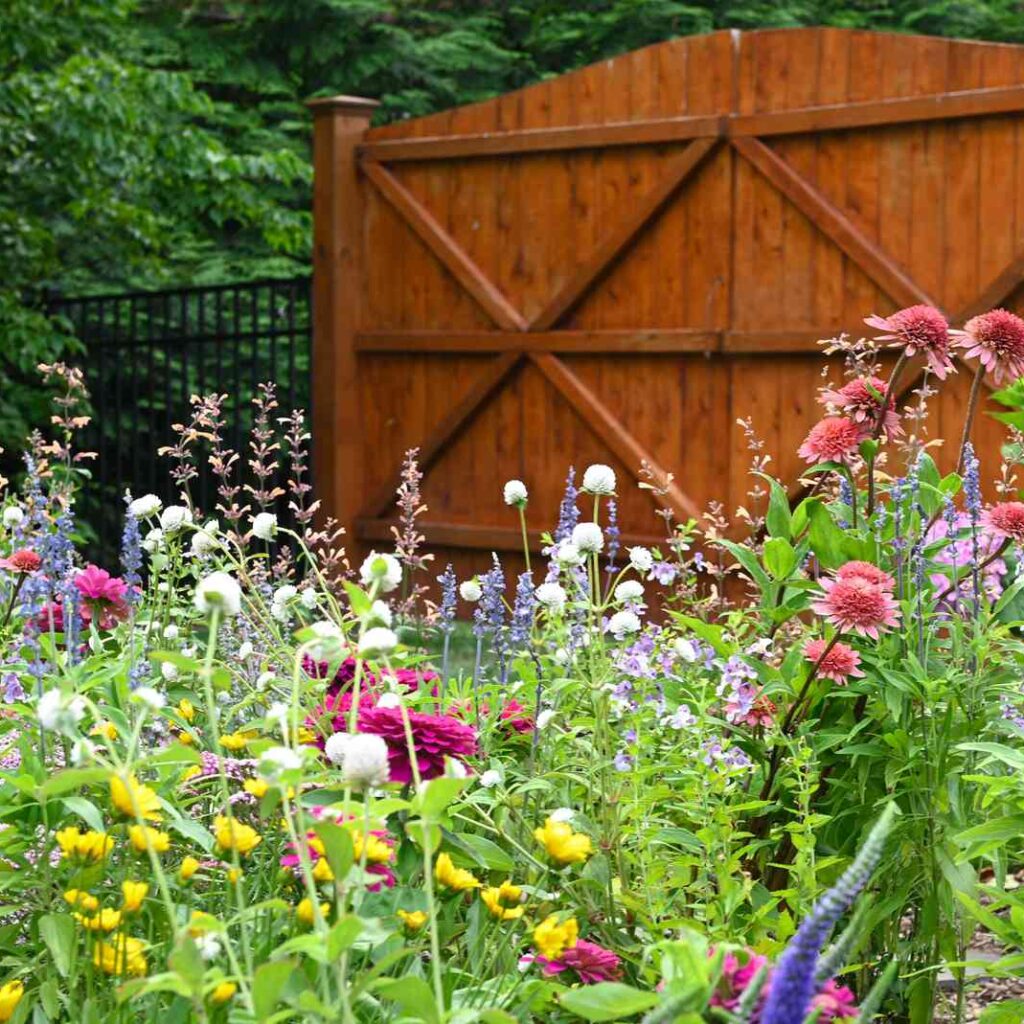
Cottage gardens are known for their charming, slightly unruly aesthetic and layered plantings. Combine roses, foxgloves, delphiniums, and peonies for lush spring and summer blooms, and interplant with asters, snapdragons, and ornamental grasses for late-season color. Add winter-blooming hellebores and evergreen herbs like rosemary to keep your beds interesting even in colder months. The informal design makes it easy to swap plants as seasons change, ensuring constant waves of color.
5. Seasonal Container Flower Beds
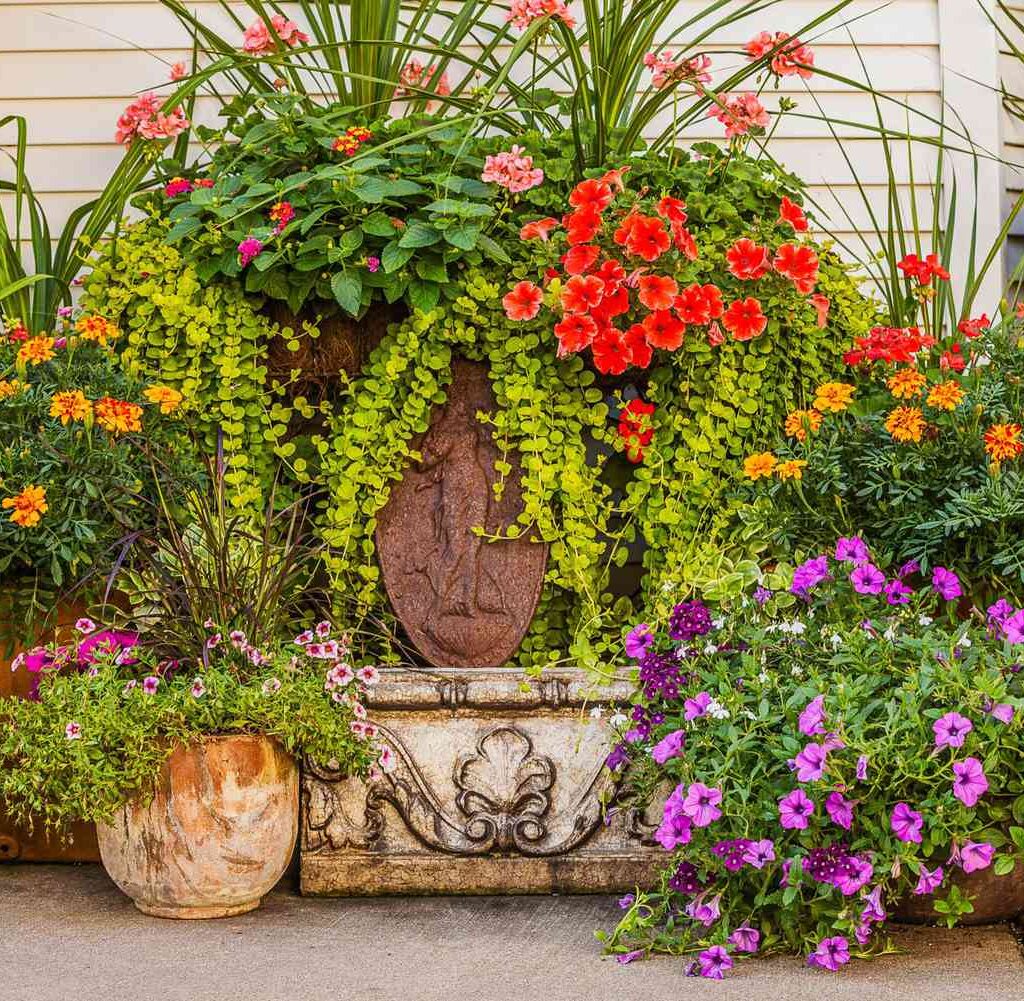
Incorporating large decorative containers within your flower beds offers the flexibility to refresh color as seasons change. Fill containers with tulips, daffodils, and hyacinths in spring, then swap for petunias, begonias, and geraniums in summer. In autumn, choose mums, pansies, and ornamental cabbages, followed by evergreens, dwarf conifers, and berries for winter. This method ensures pops of vibrant color throughout the year while allowing you to easily rotate plants without reworking the entire bed.
6. Shade-Loving Flower Beds
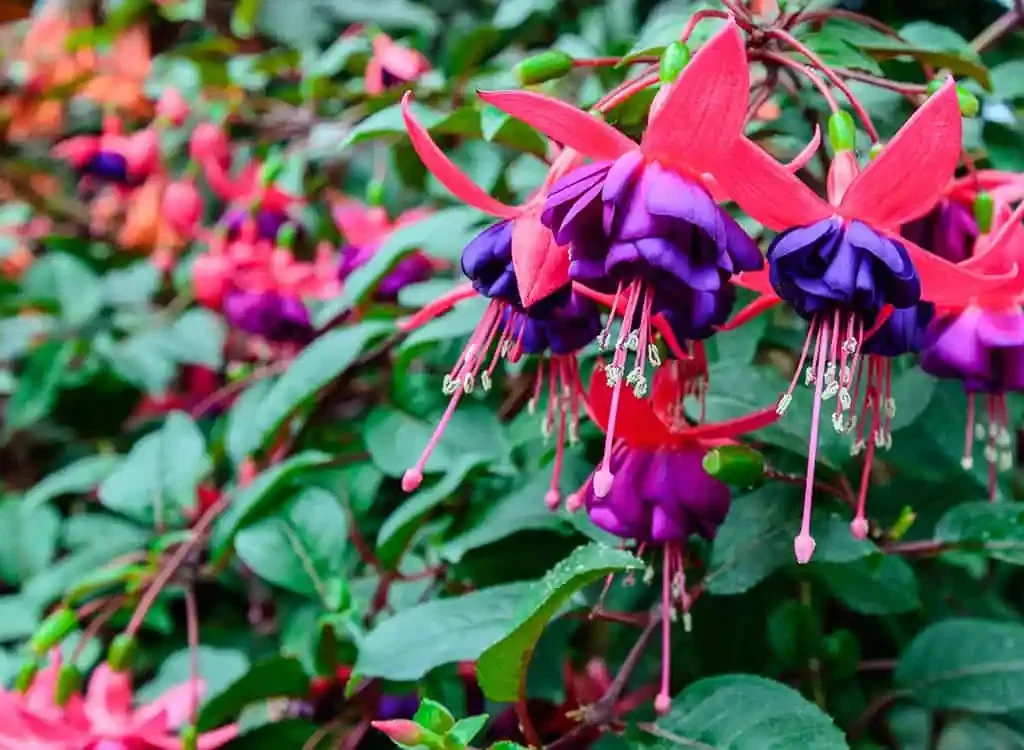
Brighten shaded areas by designing flower beds that thrive with limited sun. Start with spring-blooming bulbs like snowdrops and bluebells, then follow with hostas, astilbes, and impatiens for summer. In autumn, Japanese anemones and toad lilies keep the display alive, while ferns and evergreen hellebores maintain greenery through winter. A thoughtful mix of shade-loving bloomers and foliage plants can transform even the darkest corner into a year-round color display.
7. Pollinator-Friendly Plantings
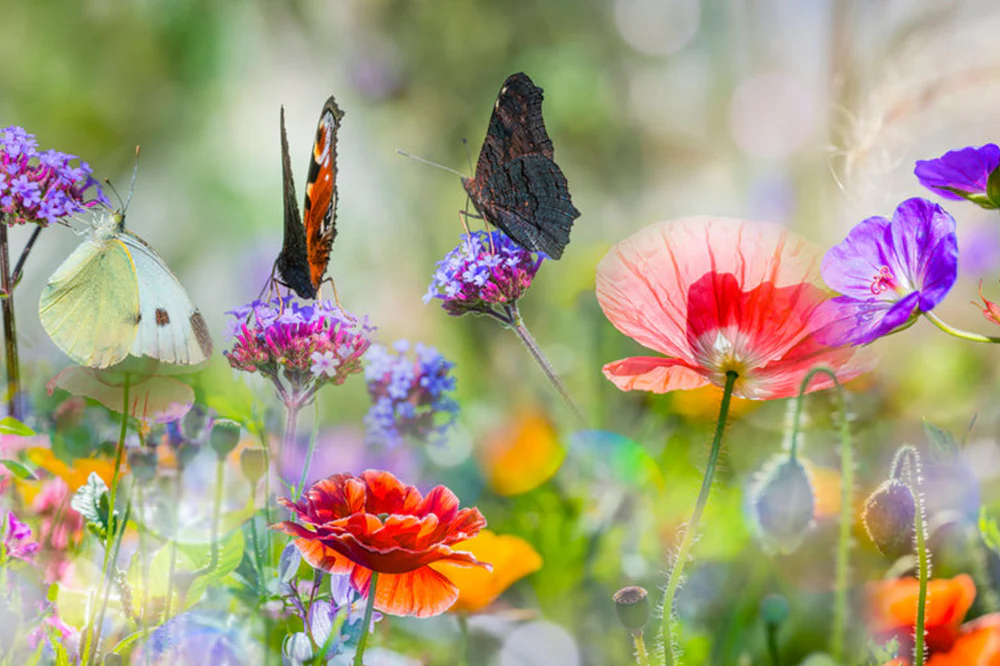
Design a flower bed that not only looks stunning year-round but also supports local pollinators. Include a mix of spring nectar plants like lungwort and columbines, summer favorites like zinnias, bee balm, and lavender, and fall bloomers like sedum and goldenrod. Don’t forget to add winterberry and evergreen foliage for off-season shelter. This approach ensures your garden stays colorful and buzzing with life from early spring to deep winter.
8. Monochromatic Flower Beds with Year-Round Texture
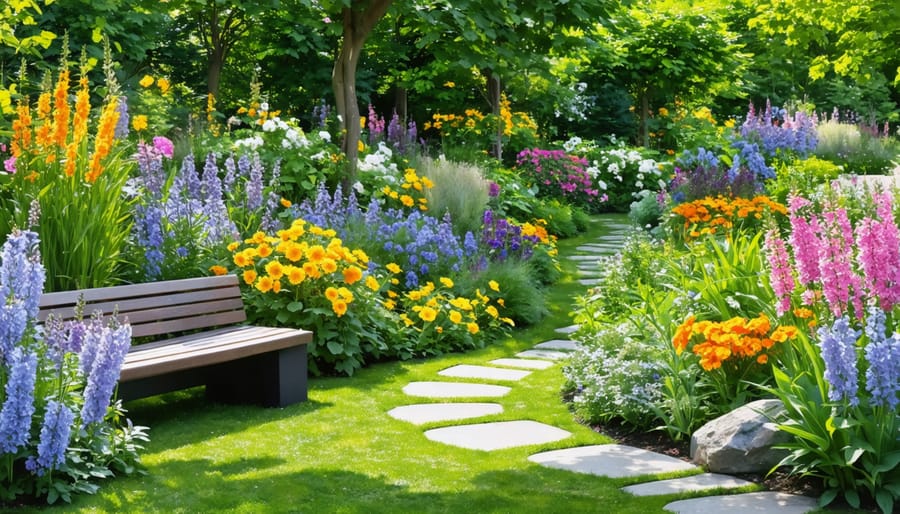
For a sophisticated, serene look, consider a monochrome flower bed in shades of white, purple, or pink. Select plants that bloom at different times but share a similar color palette. For example, use white snowdrops and daffodils in spring, followed by white roses and phlox in summer, then autumn anemones and white asters. Incorporate silvery foliage plants like lamb’s ear and dusty miller to provide texture and color when flowers aren’t blooming, ensuring year-round interest.
9. Ornamental Grass and Perennial Combinations
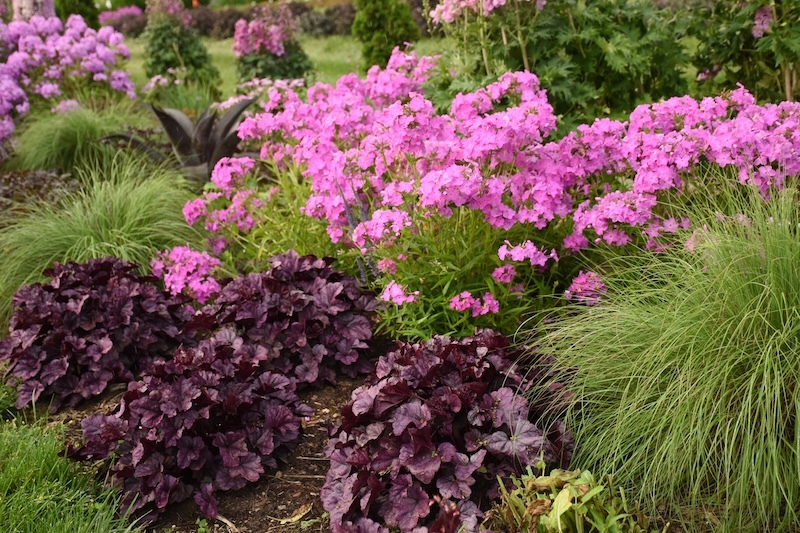
Add movement and all-season interest by pairing ornamental grasses with perennials. Grasses like fountain grass, blue fescue, and switchgrass look beautiful throughout the year — from fresh green shoots in spring to golden seed heads in autumn and frosty plumes in winter. Pair them with echinacea, rudbeckia, and sedum for summer color and fall-blooming asters. This low-maintenance combination brings texture, softness, and a natural look to flower beds in every season.
Conclusion
Creating a year-round colorful garden is both achievable and rewarding with the right plant combinations and design strategies. Whether you prefer a lively wildflower mix, classic cottage blooms, or contemporary monochrome beds, these 9 gorgeous flower bed ideas offer inspiration for keeping your garden fresh, vibrant, and beautiful in every season. By layering bloom times, adding evergreen structure, and embracing a mix of textures and heights, you’ll enjoy a stunning outdoor space that evolves gracefully throughout the year.


